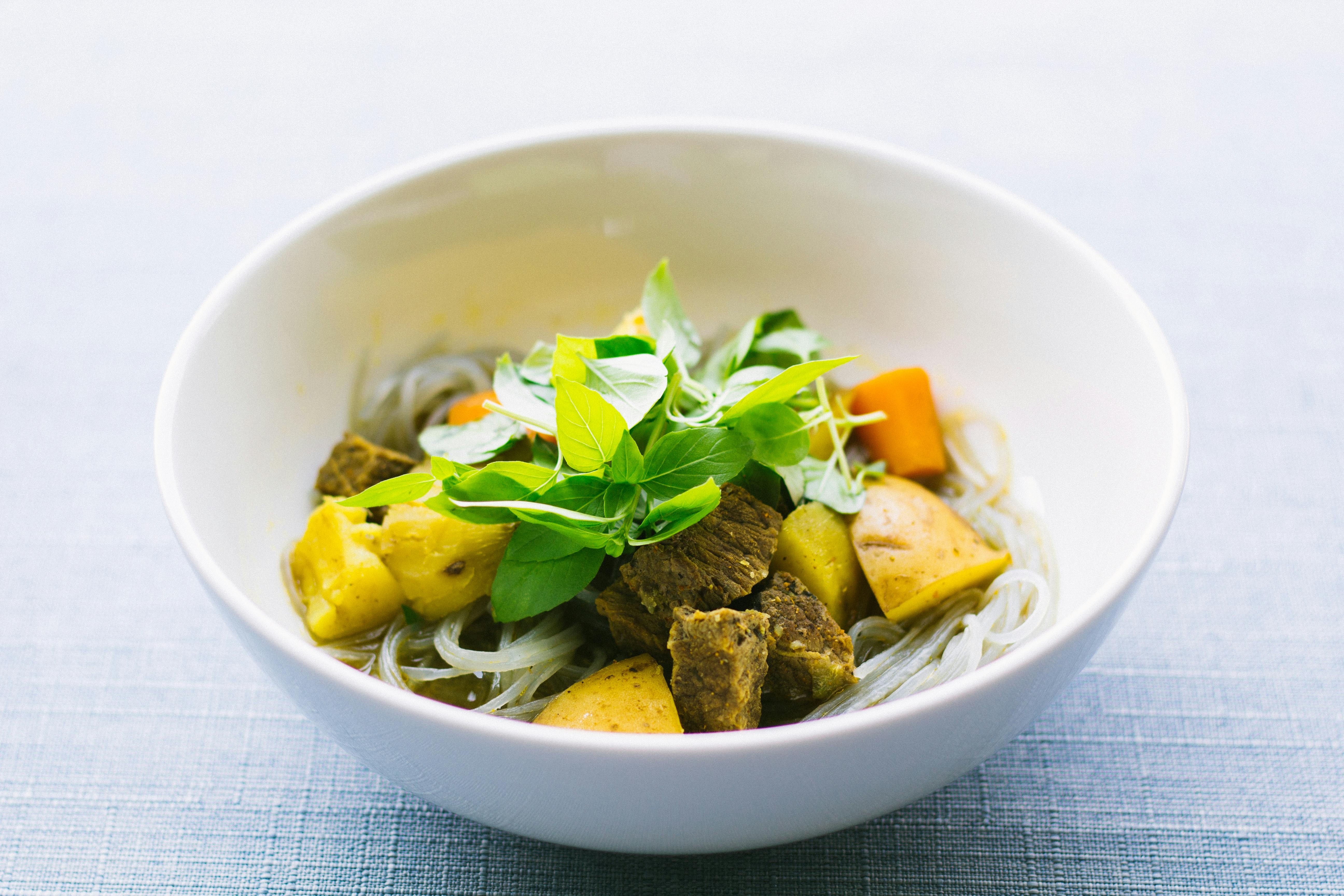Noodle Nirvana: Slurping Through Asia's Lesser-Known Noodle Dishes
Embark on a tantalizing journey through Asia's hidden noodle gems. Beyond the familiar ramen and pho, a world of extraordinary noodle creations awaits. From the fiery streets of Sichuan to the misty mountains of Nepal, discover unique textures, flavors, and culinary traditions that will expand your noodle horizons and ignite your taste buds.

Nepalese Thukpa: A Warming Embrace from the Himalayas
Thukpa, a hearty noodle soup from Nepal, is the perfect comfort food for chilly mountain nights. This Tibetan-influenced dish consists of flat noodles swimming in a rich, spiced broth alongside tender chunks of meat (usually chicken or yak) and an assortment of vegetables. The soup is flavored with ginger, garlic, and local herbs, creating a warming and aromatic experience. What makes thukpa special is its ability to adapt to local ingredients and preferences while maintaining its soul-soothing essence. In some regions, you might find it made with hand-pulled noodles, while others use rice noodles. The vegetables can vary based on seasonal availability, making each bowl a unique reflection of its environment. Thukpa is not just a meal; it’s a cultural experience that connects you to the rugged beauty of the Himalayas and the warmth of Nepalese hospitality.
Malaysia’s Asam Laksa: A Sour Symphony
Asam laksa, hailing from Penang, Malaysia, is a bold and tangy noodle soup that challenges and delights the palate. Unlike its creamier cousin, curry laksa, asam laksa features a sour fish-based broth made with tamarind, lemongrass, and torch ginger flower. Thick rice noodles form the base of the dish, accompanied by chunks of mackerel and a vibrant array of garnishes including mint leaves, pineapple, and finely sliced torch ginger flower. The magic of asam laksa lies in its complex flavor profile. The sourness from tamarind is balanced by the richness of the fish, while the aromatic herbs add depth and freshness. Each spoonful is a journey through Malaysia’s diverse culinary influences, from Chinese noodle-making techniques to Malay and Thai flavor combinations. The dish is often topped with a dollop of shrimp paste, adding an extra layer of umami to this already flavor-packed bowl.
Taiwanese Oyster Mee Sua: Slurping Silk Threads
Oyster mee sua, a beloved street food from Taiwan, showcases the delicate art of noodle-making. Mee sua, or misua, are extremely thin wheat noodles that resemble silk threads. In this dish, they’re served in a rich, starchy broth along with plump oysters, creating a textural contrast between the silky noodles and the tender seafood. What sets oyster mee sua apart is its ability to absorb flavors while maintaining its delicate texture. The broth, often seasoned with black vinegar and garlic, clings to the fine noodles, ensuring each mouthful is packed with flavor. The dish is typically garnished with cilantro and a sprinkle of white pepper, adding freshness and a subtle heat. Oyster mee sua is not just a meal; it’s a testament to Taiwan’s coastal culinary heritage and the skill of noodle artisans who have perfected the art of creating these incredibly fine strands.
Khao Soi: Northern Thailand’s Curry Noodle Masterpiece
Khao soi, a signature dish from Chiang Mai in Northern Thailand, is a curry noodle soup that beautifully marries Burmese, Lao, and Chinese influences. The dish features egg noodles in a rich coconut curry broth, topped with crispy fried noodles for a delightful textural contrast. What makes khao soi stand out is its complex flavor profile, which balances the creaminess of coconut milk with the heat of red curry paste and the tanginess of lime. The soup is typically served with chicken or beef, though vegetarian versions are also popular. A array of condiments, including pickled mustard greens, shallots, and chili oil, allow diners to customize their bowl to their liking. The interplay between the soft, curry-soaked noodles and the crunchy fried noodles on top creates a multi-sensory experience that has made khao soi a beloved dish far beyond Thailand’s borders.
Noodle Know-How: Tips for Your Asian Noodle Adventure
• Always slurp your noodles! In many Asian cultures, it’s considered polite and shows appreciation for the meal.
• Experiment with chopstick techniques to master different noodle types.
• Don’t be afraid to customize your dish with provided condiments and garnishes.
• Pair your noodles with local beverages for a complete culinary experience.
• Learn about the cultural significance of each dish to enhance your appreciation.
• Try making noodles at home using authentic techniques and ingredients.
As we’ve slurped our way through these lesser-known Asian noodle dishes, it’s clear that the world of noodles extends far beyond the familiar. Each bowl tells a story of culture, geography, and culinary innovation. By exploring these unique creations, we not only expand our palates but also gain insight into the diverse cultures that created them. So the next time you’re craving noodles, venture beyond your comfort zone and dive into the rich tapestry of Asian noodle cuisine. Your taste buds will thank you for the adventure.





